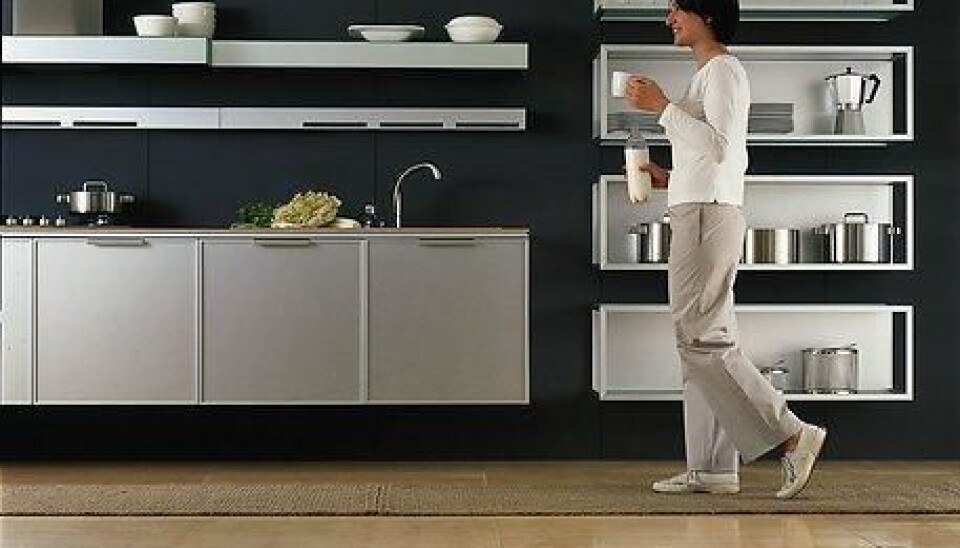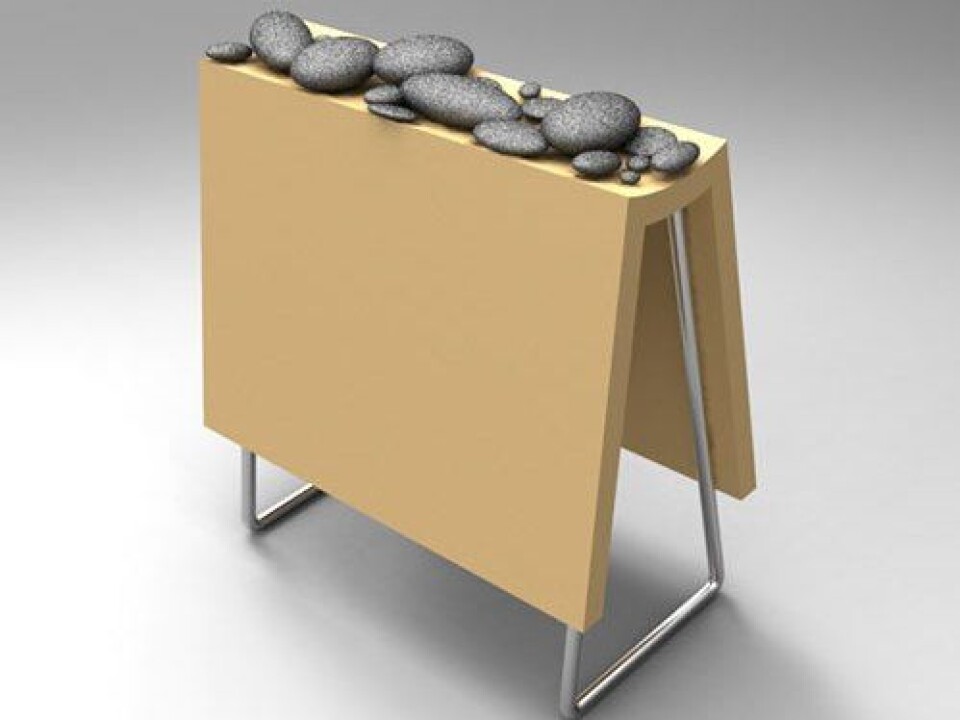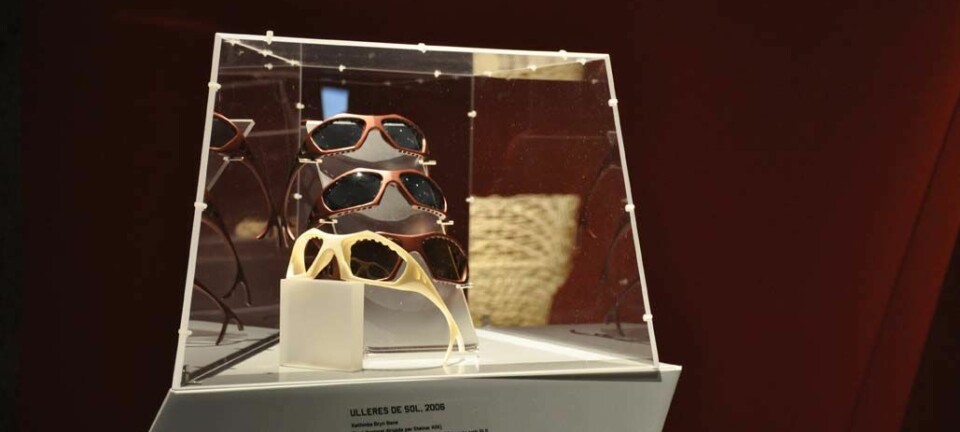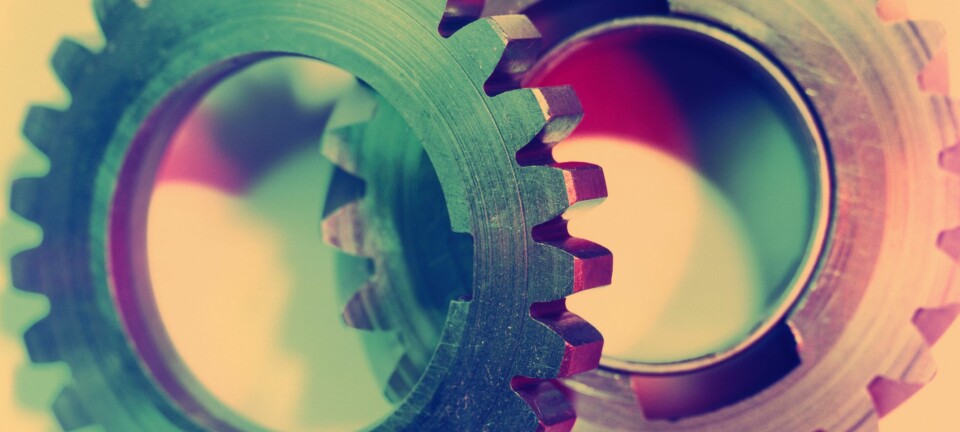This article was produced and financed by Oslo Metropolitan University

Emotional connections to products may benefit the environment
The more you like a product, the less likely you are to replace it. If design could generate human affection for products and longer product life spans, it would benefit the environment, according to new research.
Denne artikkelen er over ti år gammel og kan inneholde utdatert informasjon.
In Finland people replace their mobile phones every six years; in the United States they do it after twenty-one months. In terms of relative population size, this is an enormous difference.
"Based on what we know about processes associated with production, distribution, and waste management, it's obvious that the alternative with less negative impact on the environment is the Finnish one," says Tore Gulden, professor in product design at Oslo and Akershus University College of Applied Sciences (HiOA).
And so he illustrates his way of thinking in a design methodology developed through interdisciplinary collaboration with a group of master students and a psychologist.
Emotional connection
Central to the methodology are questions about what possibilities exist for activating humans, of bringing them closer to products.

The idea is that a product which calls for or involves activity or participation on the part of the user is more likely to be appreciated and, thus, remain longer in the user's possession.
This idea is supported by psychological reflections on consumer behaviour in modern consumer culture, based on observations and interviews related to buying and replacing various products.
"In Norway, for example, a lot of people renovate their kitchens on a regular basis, either because they become tired of the old one, or their friends or neighbours are doing it, or they regard it as a way of confirming their social status, or for some other reason," says Gulden.
"This gives them a rather short-lived sense of pleasure, known in the research literature as the honeymoon period, after which time things soon revert to feeling rather ordinary and dull".

However, in cases where homeowners are personally involved in designing their kitchen and in choosing the materials, colours, and components, the final result acquires a more personal stamp, the owner's footprint, which means that the product is more likely to last longer than if it had just been picked out if some catalogue.
"The principle is such that the more influence and effort you invest in creating the kitchen, the more attached you will become to it afterwards," says Gulden.
Heated stones
A prototype for a movable oven that is run on electricity but that uses stones as heat storage elements in addition to oil, was designed on the basis of this design methodology. The designer is Siri Beate Persen, who participated in the project through an assignment she completed as part of her master's degree.
Persen got the idea of a heating solution for a spa oven; a stand-alone radiator as an alternative to build in panel models.
The idea is to place natural stones on top of the radiator so that they can be heated and thus serve as heat storage elements, either on top of the radiator or elsewhere in a room.
"The process of searching for suitable stones, of being outdoors in nature, perhaps together with others, of choosing the stones and of holding them in your hands are all activities and sensations which users will incorporate into their sense of ownership and use of the radiator," says Gulden.
"This will assign the radiator a totally different value than the panel oven it replaces and will be perceived by its owners as something they would be reluctant to get rid of."
More conceptual than aesthetic
According to Gulden, thinking in terms of memories, histories, experiences, and emotions rather than requirements for environmental sustainability implies a break with the aesthetic which he feels has been afforded too much emphasis in design thinking for many years.
We should be thinking more in terms of concept instead, and let design choices be based on serving a higher purpose.
"The coffee press is an example of a pretty good concept; far better than the coffee filter machine with respect to sustainability – and taste, many would say."
"How many trailers have driven around the world loaded with coffee filters made of paper? If we used a metal filter instead, it would last much longer and save the environment from the harmful impacts of transport," says Gulden.
Making intelligent choices
Gulden thinks that the key to making such intelligent choices may lie in the potential to activate human emotions towards a product.
In the long run, products that remain in their owners' possession longer will reduce the need for raw materials, manufactoring, and transport and the problems related to waste management, and will thereby reduce negative impacts on the environment.
"If we make products that are connected to humans in the form of a memory, a history, they will acquire a value. Perhaps this will lead to something that will evolve somewhere else, something linked to the environment," says Gulden.
"The concept of emotional connections to products needs no dramatic change in political priorities, nor any strict moral principle; it could easily be used and would have a positive effect."
-----------------------------
Read the Norwegian version of this article at forskning.no
External links
- Design Education-Growing Our Future, Proceedings Of The 15th International Conference On Engineering And Product Design Educatio (summary)
- Tore Gulden's profile


































